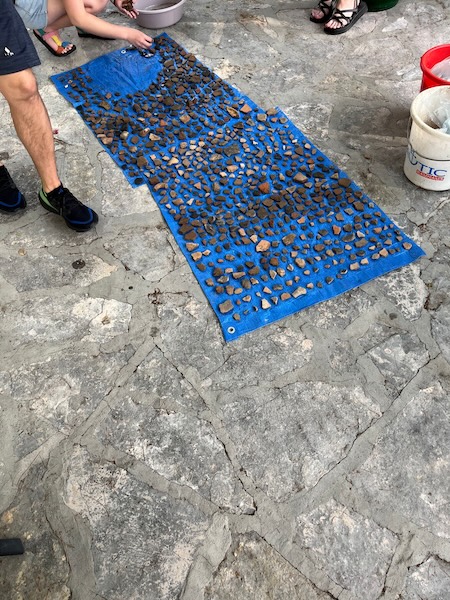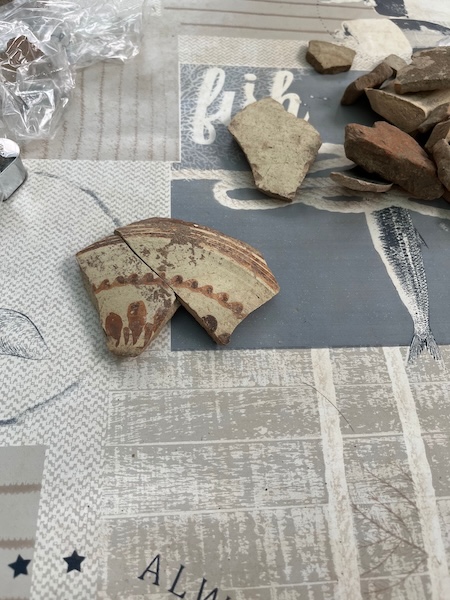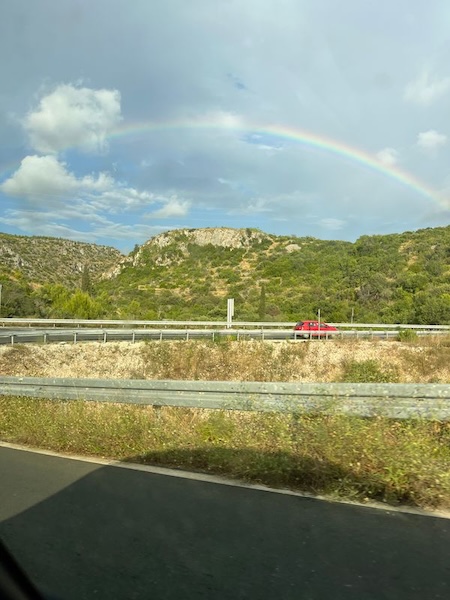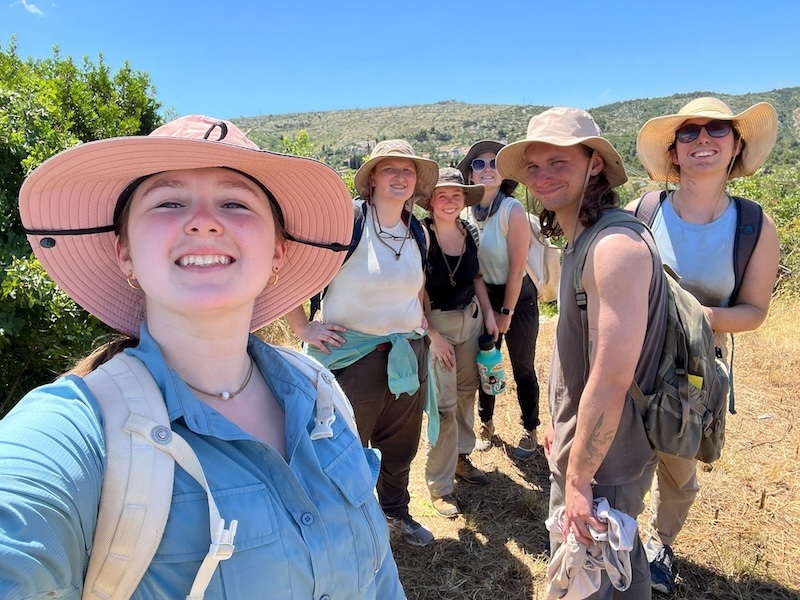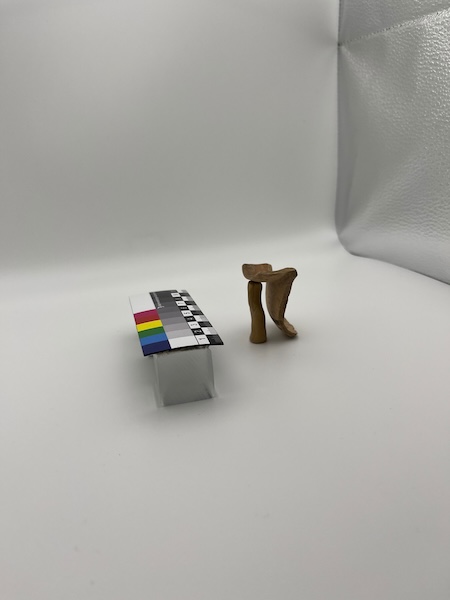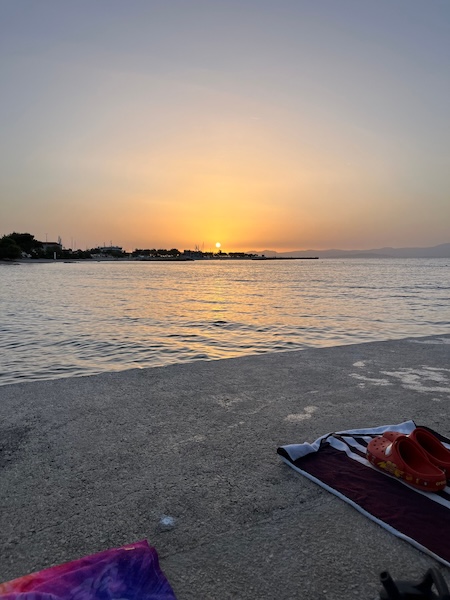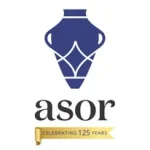
Living it up in the Archaeology Lab
Claire Hook, 2024 Katherine Barton Platt Fellowship Recipient
While working on the Brač Island Project on a beautiful island in Croatia, the team got to excavate our hillfort site, Gradina Rat. At the same time, we were learning about what was being excavated during the project because of our work in the lab to identify and document the artifacts being uncovered.
Although a large part of archaeology is the excavation, understanding what was happening in the past at a site comes from identifying and analyzing the artifacts and doing additional research in the lab. My role this season was the lab assistant, so I was able to spend some days out on site, but a majority of my time was spent helping Dr. Sarah James in the lab working directly with the ceramic assemblage
